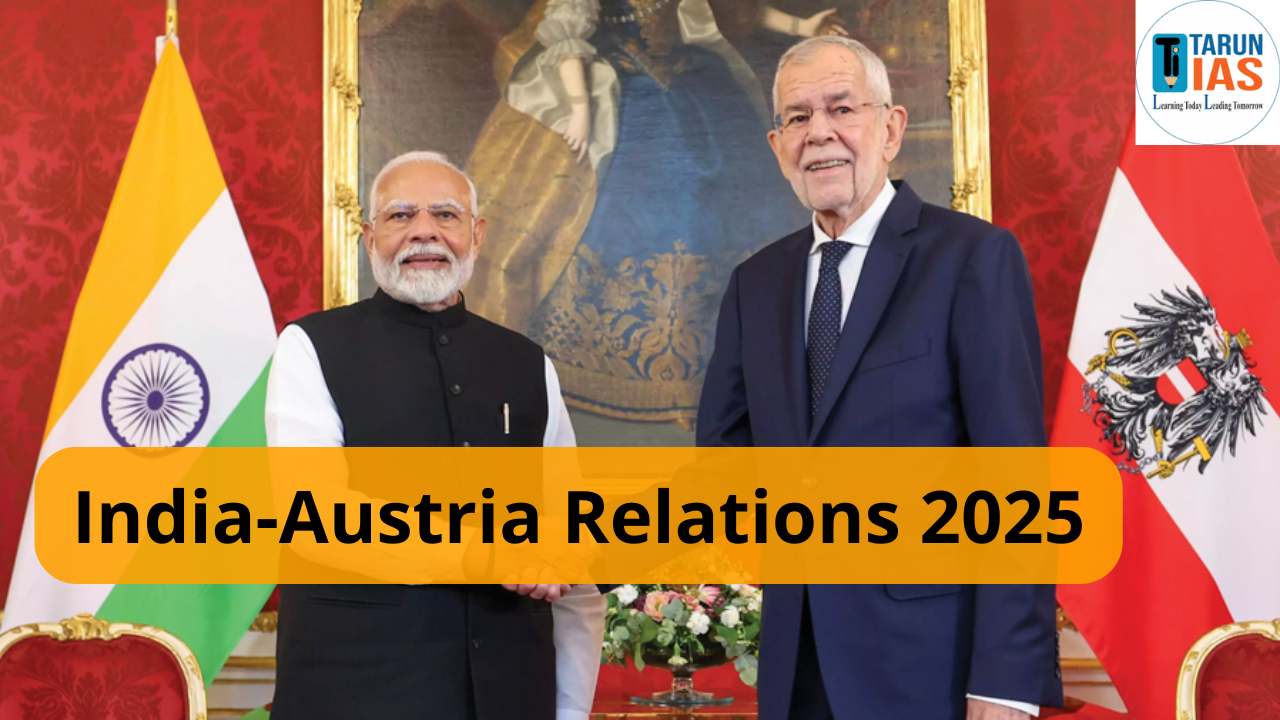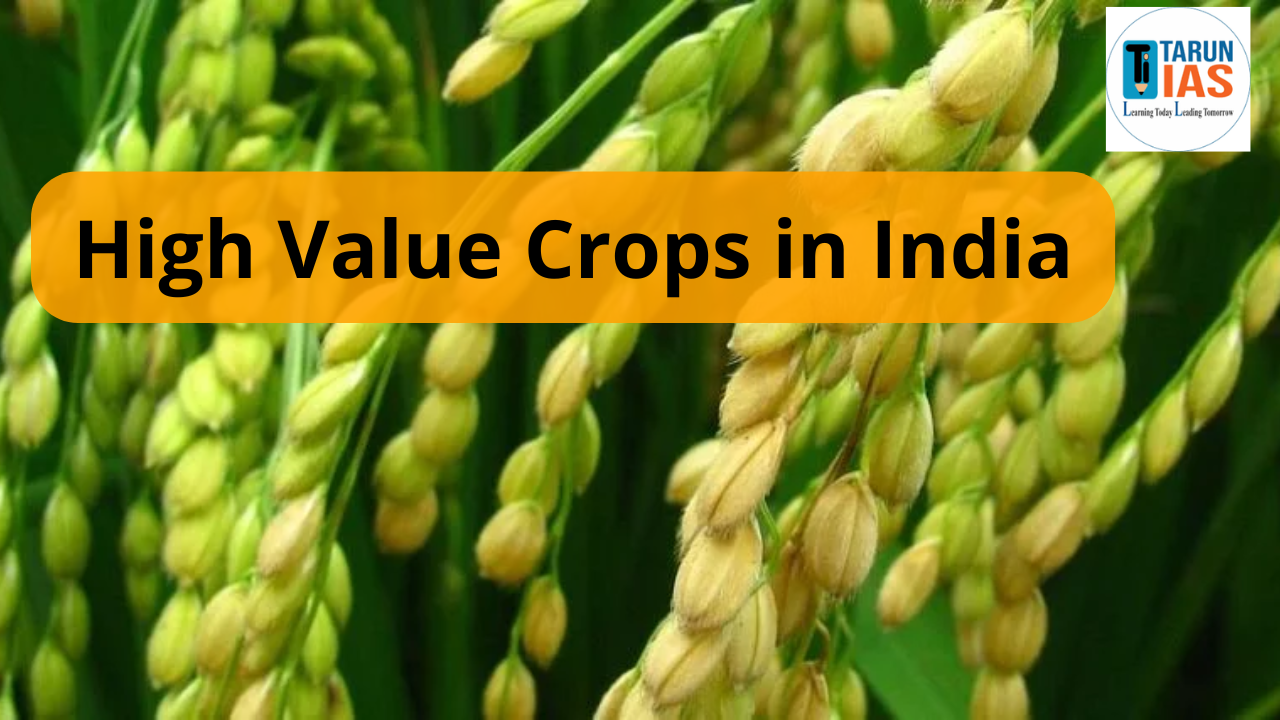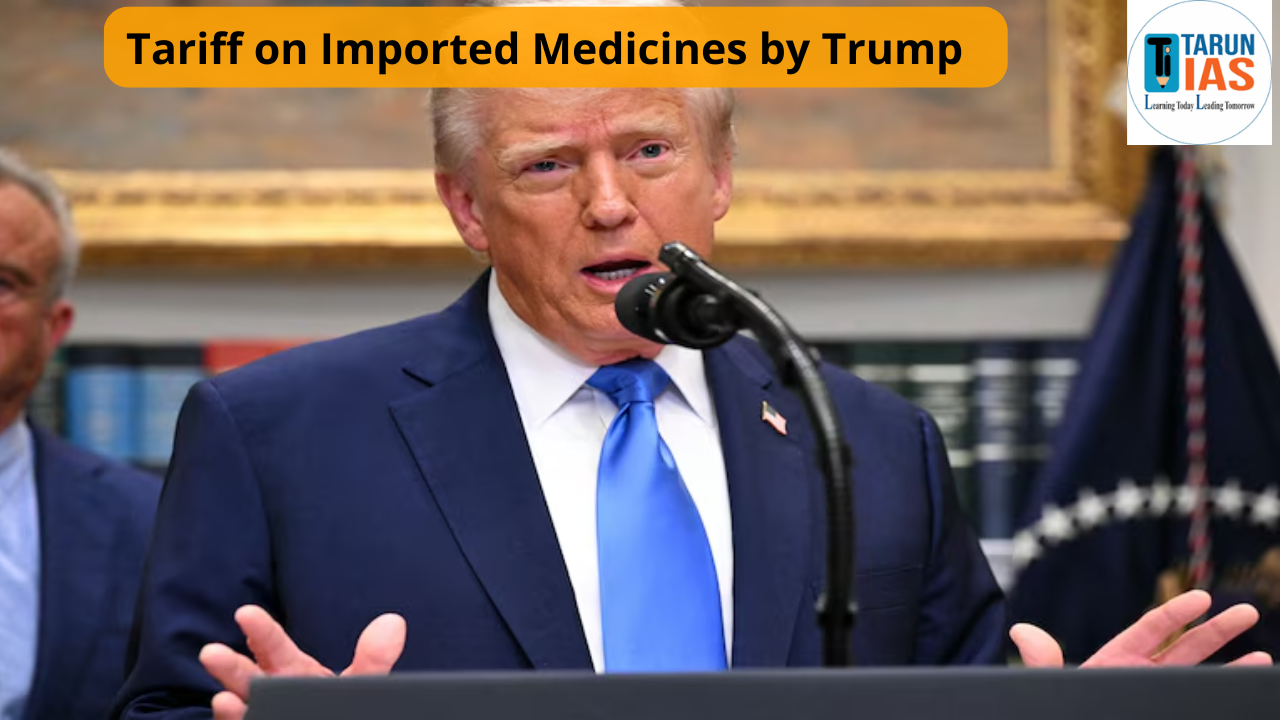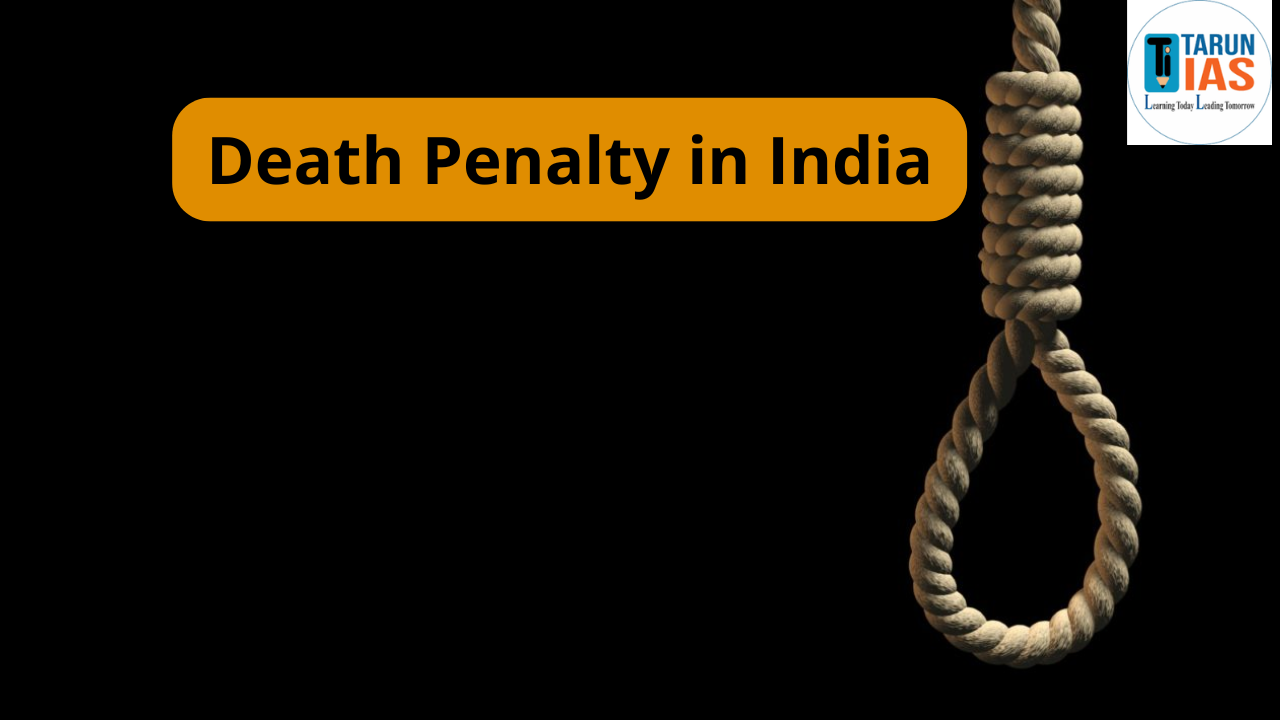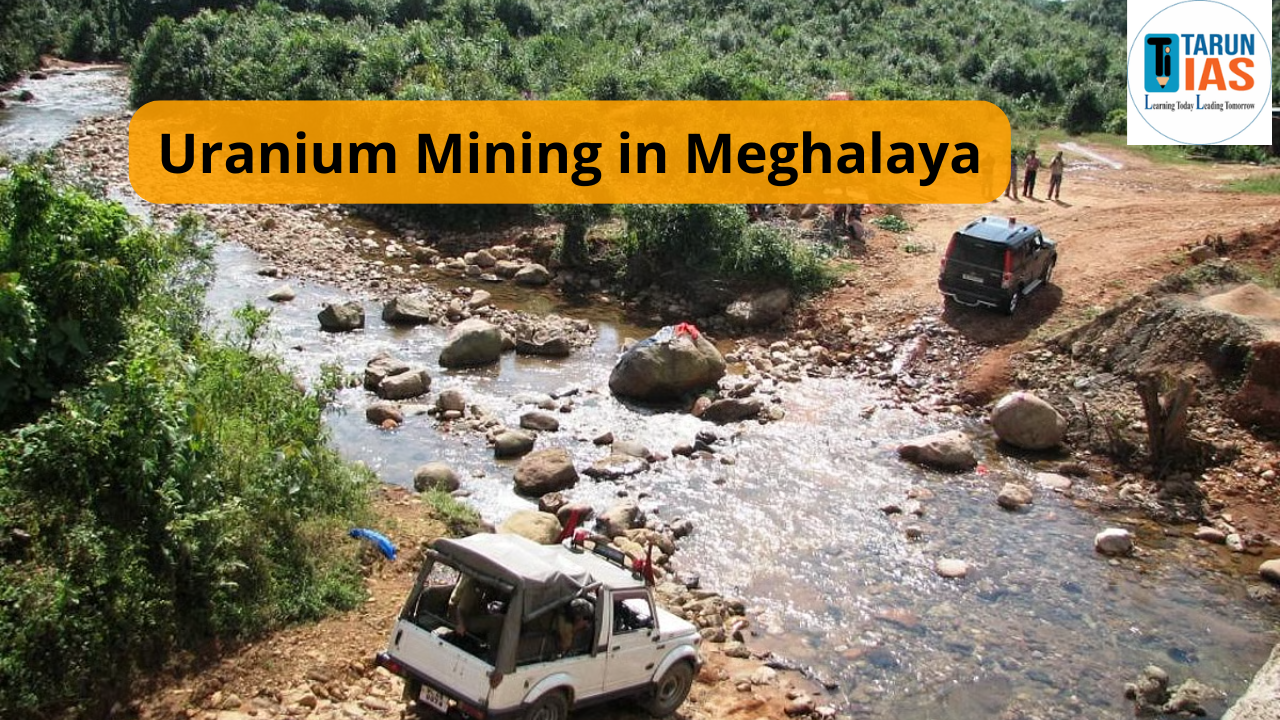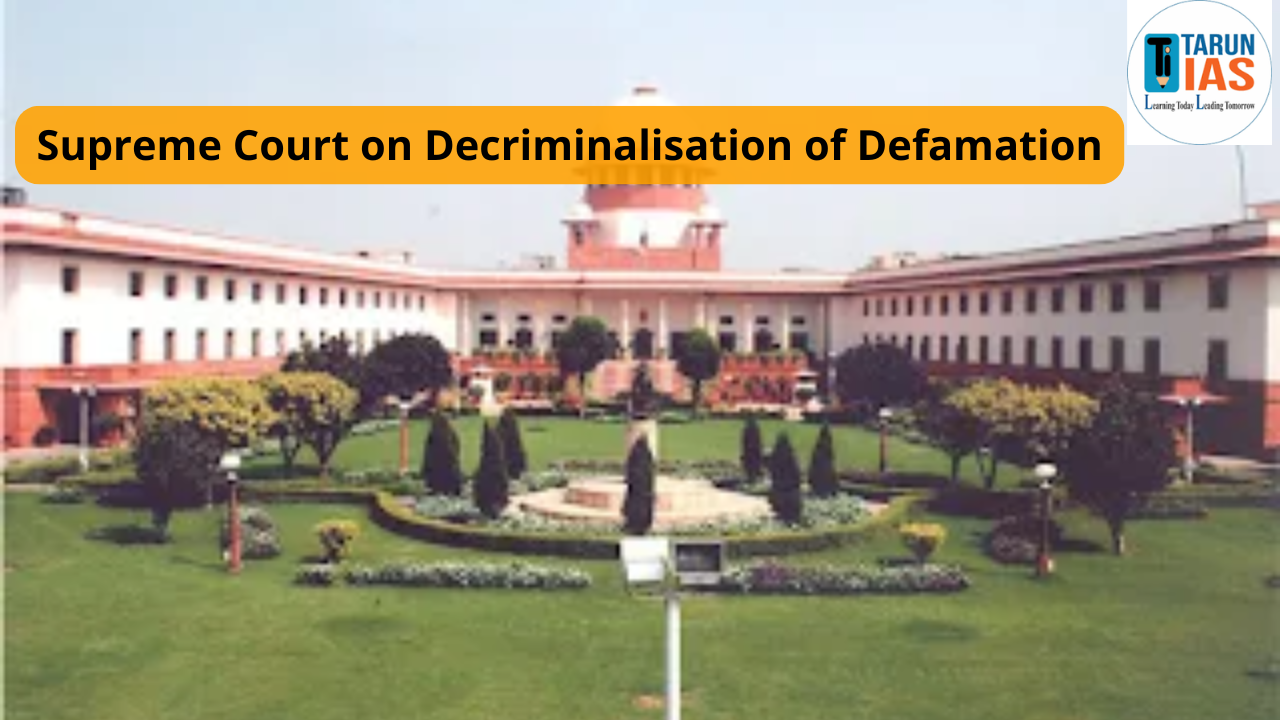India-Austria Relations Introduction
- Prime Minister’s Historic Visit:
- PM Narendra Modi’s visit to Vienna marked the first by an Indian PM in 41 years since Indira Gandhi’s visit in 1983.
- This year celebrates the 75th anniversary of diplomatic relations between India and Austria, emphasizing long-standing bilateral ties.
- Strategic Timing:
- The visit followed Modi’s meeting with President Vladimir Putin in Moscow.
- Austria’s unique position as a non-NATO European country adds strategic significance, particularly in the context of the Russia-Ukraine conflict.
Highlights of PM Modi’s Visit

- Economic and Technological Cooperation:
- Emphasis on enhancing economic and technological ties, recognizing Austria’s expertise in industries like machinery and pharmaceuticals.
- Launch of a high-level bilateral Business Forum to explore green and digital technologies, renewable energy, and water management.
- Example: Austrian firm Andritz’s involvement in India’s hydroelectric projects.
- India-Austria Startup Bridge:
- Aimed at fostering innovation and entrepreneurship between the two nations.
- Example: Collaboration between Austrian startup Geogebra and Indian Edutech company Byju’s.
- Global and Regional Alignment:
- Commitment to a free and open Indo-Pacific region.
- Support for peaceful resolution of the Ukraine conflict, demonstrating a shared commitment to global peace.
- Climate Action and Sustainability:
- Collaboration on renewable energy, focusing on Austria’s Hydrogen Strategy and India’s Green Hydrogen Mission.
- Support for climate neutrality goals: EU by 2050, Austria by 2040, and India by 2070.
- Cultural and People-to-People Ties:
- Promotion of cultural exchanges, including the growing interest in yoga and Ayurveda in Austria.
- Global Governance Coordination:
- Support for comprehensive reforms of the United Nations.
- Mutual support for UNSC candidatures: Austria for 2027-28 and India for 2028-29.
- Invitation for Austria to join the International Solar Alliance.
Evolution of India-Austria Relations
- Diplomatic Establishment:
- Diplomatic relations initiated in 1949 by Jawaharlal Nehru and Chancellor Leopold Figl.
- Example: India’s support for Austria’s post-WWII reconstruction.
- Support for Austria’s Independence:
- India’s intervention in favor of Austria during its negotiations with the Soviet Union in 1953, leading to Austria’s independence in 1955.
- State Visits:
- Nehru’s visit in 1955, Indira Gandhi’s visits in 1971 and 1983, and visits by Austrian Chancellors Bruno Kreisky (1980) and Fred Sinowatz (1984).
- Recent visits by Indian Presidents Narayanan (1999) and Patil (2011), and Modi’s 2023 visit.
Areas of Cooperation
- Political Cooperation:
- Strengthened by high-level exchanges, ministerial visits, and parliamentary engagements.
- Example: Recent discussions on UNSC reforms and global governance.
- Economic Cooperation:
- Indo-Austrian Joint Economic Commission (JEC) established in 1983 to enhance bilateral economic interactions.
- Significant bilateral trade, with 2022 figures at USD 2.84 billion.
- Key sectors: steel, manufacturing technology, railways, and metallurgy.
- Example: Wipro Technologies and Shilpa Medicare’s investments in Austria.
- Science and Technology:
- India launched Austria’s first satellites in 2013, fostering collaboration in space technology.
- Example: PSLV-C20 launch of TUGSAT-1/BRITE and UniBRITE satellites.
- Cultural Cooperation:
- Historical ties dating back to the 16th century.
- Notable visits by Rabindranath Tagore in 1921 and 1926.
- Contemporary interest in Indian literature, theater, Ayurveda, and yoga.
- Example: Tagore’s famous lecture “The Religion of the Forest” in Vienna in 1921.
- Diaspora Connection:
- Over 31,000 Indians in Austria, mainly from Kerala and Punjab.
- Predominantly professionals in healthcare and multilateral UN bodies.
- Example: Significant Indian community in Vienna contributing to the healthcare sector.
Significance of Relations
- Geo-Political Significance:
- Shared values of democracy and pluralism.
- Austria’s support for India’s bid for a permanent UNSC seat.
- Example: Joint statements on global peace and security during high-level visits.
- Economic Significance:
- Austria’s economic strength and its strategic position in the European Union.
- Important trading partner within the EU, especially with Central and Eastern European countries.
- Example: Increased trade and investment opportunities highlighted during the recent Business Forum.
- Technological Significance:
- Austria’s expertise in Green Hydrogen and renewable technologies aligning with India’s Green Hydrogen Mission.
- Joint research initiatives in renewable energy technologies, such as collaborative projects on hydrogen fuel cells between Austrian firms and Indian institutions like the Council of Scientific and Industrial Research (CSIR).
- Shared Global Perspectives:
- Balanced approaches to global conflicts, such as the Russia-Ukraine conflict.
- Austria’s neutral stance based on the 1955 Austrian State Treaty.
- Example: Continued diplomatic engagement with Russia by both nations amidst the conflict.
Challenges in Cooperation
- Geographical Distance:
- The physical distance limits bilateral engagements.
- Example: Increased travel time and logistical complexities in organizing high-level visits.
- Trade Imbalance:
- Significant trade imbalance in favor of Austria.
- Example: India’s higher imports of machinery and pharmaceuticals compared to its exports.
- Economic Structure Differences:
- Diverse economic bases: India’s service and agriculture vs. Austria’s industrial and manufacturing.
- Example: Limited compatibility in some industrial sectors affecting trade penetration.
- Visa Issues:
- Slow visa policies affecting people-to-people contacts and business travel.
- Example: Delayed visa processing impacting business delegations and tourism.
Way Forward
- Mobility Partnership Agreement:
- Signing a Comprehensive Migration and Mobility Partnership Agreement to address visa and mobility issues.
- Example: Facilitating smoother movement of professionals and students between the two countries.
- Enhanced Cooperation:
- Focus on renewable energy, technology, and education.
- Example: Joint ventures in green technology and academic exchanges.
- Geopolitical Coordination:
- Align on Indo-Pacific strategies and peace efforts in Europe and the Middle East.
- Example: Joint initiatives for regional stability and maritime security.
- Leveraging Complementarities:
- Utilize Austria’s neutral position and India’s geopolitical influence for mutual benefits.
- Explore synergies between India’s development priorities and Austria’s technological capabilities.
- Example: Collaborative projects in smart city development and digital infrastructure.



